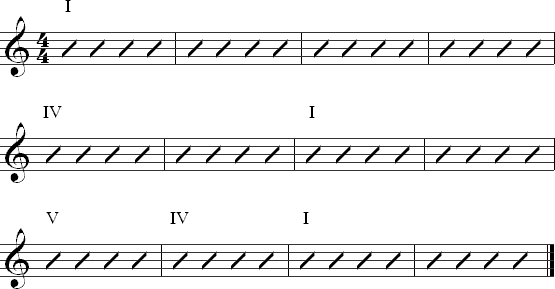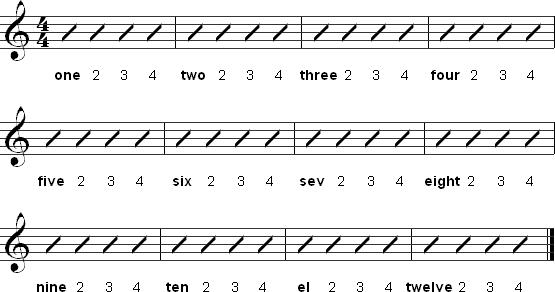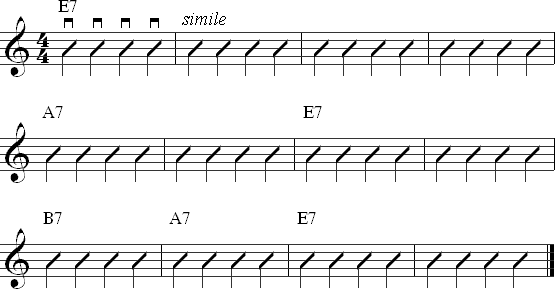What You Should Know
What You Will Learn
- The 12-bar blues progression
The 12-Bar Blues Chord Progression
What is the 12-Bar Blues Progression?
The 12-bar progression is the foundation of most blues music. The progression lasts for twelve measures, which is why it is called the 12-bar progression. The chords in the progression are I, IV, and V. In C major, the chords would be C major, F major, and G major.
The 12-bar Blues Progression
The 12-bar blues progression is the most common progression used in blues, so it is important to understand it thoroughly. The best way to do this is to learn the 12-bar progression in all keys. This will make it much easier to get into improvisation later.
The 12-bar progression is made up of three chords: tonic (I), subdominant (IV), and dominant (V). In A major, the chords would be A (tonic), D (subdominant), and E (dominant). The chords are almost always played as a dominant seventh chords, which would be A7, D7, and E7 in A major. The standard 12-bar progression is shown below with Roman numerals. Note that each chord lasts until the next chord symbol.

The table below breaks down the measures and chord for the progression to make it easier to see how long each chord lasts and where they occur:
| Measure(s) | Chord |
|---|---|
| 1-4 | I |
| 5-6 | IV |
| 7-8 | I |
| 9 | V |
| 10 | IV |
| 11-12 | I |
Learning the Blues Progression
Know Where You Are
It may be difficult to keep track of where you are in the progression when you first start practicing it. One thing you can do to keep your place is to count not only the rhythms you are playing, but also the measures. The 12-bar progression is shown below with the count beneath each measure. The count on the first beat of each measure is the number that corresponds to the measure number. For measure numbers, such as seven, that are more than a single syllable, the word is shortened to the first syllable (sev for seven, el for eleven, etc.). Even if you are experienced at counting, this will likely be challenging at first. It is awkward to count rhythms this way, but it will prevent you from getting lost, so you should learn how to do it.

When playing repeats, you should start over with one on the first beat of the first measure of the 12-bar progression.
Practice the Progression in All Keys
The blues progression should be learned in all twelve keys. As a guitar player, you probably won't have to play blues in keys like D-flat very often, but it is still worthwhile to know how to play a progression in every key. Start with easier keys like C, F, G, D, A, and E major. Gradually add the other keys as you begin to feel more comfortable with the progression. The chord voicings you use for each chord are up to you.
The easiest way to practice the progression at first is to play the chords with a simple strum pattern, such as straight quarter notes. Below is an example of this approach in E major:

